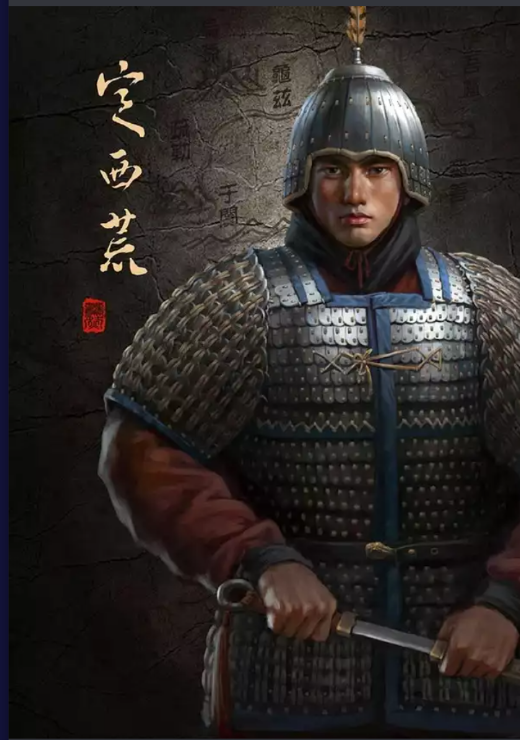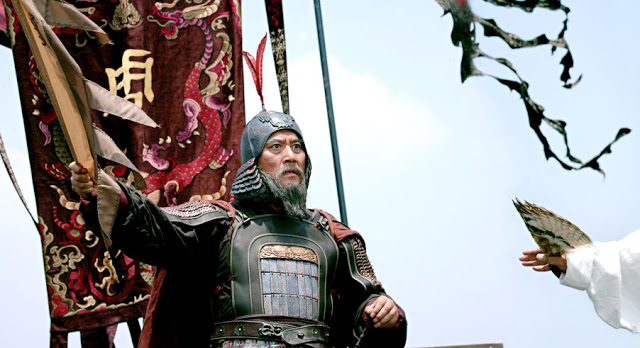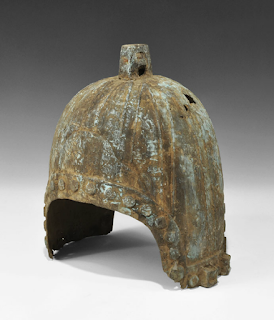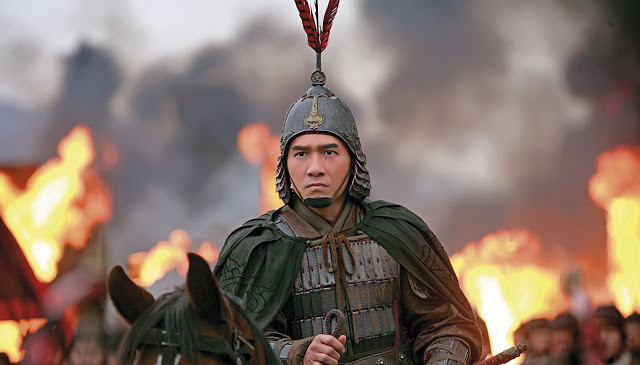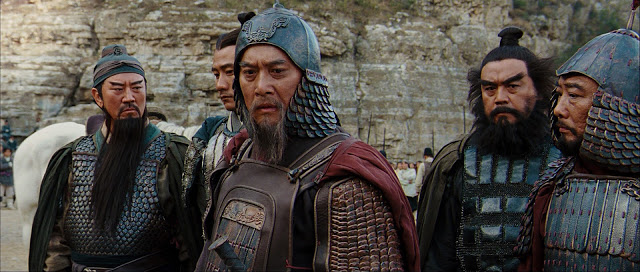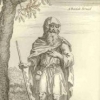Search the Community
Showing results for tags 'japan'.
-
After digging into Japanese history around the time of 0 A.D, I've found out a few things that could make implementing Japan in "Rise of the East" an interesting challenge. I would be very enthusiastic about doing some more research if adding Japan is something that seems doable in the future, but here is what I know so far: The period of about 300 B.C. to about 300 A.D. in Japan is known as the Yayoi period. Little is known about the time period since the earliest mention of Japan during the period comes as an afterthought in Chinese texts. The Chinese described it as a mainly agricultural society characterized by violent struggles. The land was split into hundreds of tribal communities according to the Chinese, which is most likely more accurate than the records of the Nihon Shoki, an early collection of Japanese history that claims the birth of a unified Japan to be 660 B.C. According to archeological findings, the Japanese people during the Yayoi period experienced a great deal of turmoil and violent expansion. The people themselves are (although this is debated) thought to be from the island of Kyushu, and they arrived and expanded their influence onto the main island of Honshu in the beginning of the Yayoi period. Bronze weapons and rice farming during the period suggest heavy influences from China. Between the Jomon period (13,000-400 B.C.) and the Yayoi period, Japan's population is thought to have risen by about 4 million people. The main reasons for this are debated, but historians believe that a major influx of farmers from the Asian continent overwhelmed or absorbed the native hunter-gatherer population. The reason I said implementing Japan could be a challenge is this. During at least the first half of the Yayoi period (300 B.C - 0 A.D), Japan was split into many competing (most likely warring) villages. Many excavated settlements were moated or built at the tops of hills. Headless human skeletons discovered in Yoshinogari site are regarded as typical examples of finds from the period. In the coastal area of the Inland Sea, stone arrowheads are often found among funerary objects. In essence, no unified Japan existed (outside of the Nihon Shoki). A dramatic shift occured however as the Yamato court rose in Japan around 250 A.D. With the rise of the court, power was shifted to a central administration and an imperial court (inspired by the Chinese government of the time). Huge changes in burial styles and military tactics also occured between the Yayoi and Kofun (250-538 A.D) periods that were likely to have been developed (undocumented, as essentially everything in Japan was) during the latter half of the Yayoi period. That's what I've discovered so far. I don't know if any of it helps, but let me know what other information would be helpful in exploring this amazing civilization! Some Sources I've found helpful: http://www.jref.com/articles/yayoi-period.188/ http://www.metmuseum.org/toah/hd/yayo/hd_yayo.htm
-
We're going to focus on the archaeological references for standard and hero helmets. And I see that the Chinese influence is present in other cultures. Defining what is a hero helmet in 0 A.D? It would be defined as a helmet that craftsmanship goes beyond the standard design for a simple soldier. by the way, this art is of excellent detail, even the skin reflects the intensity that a soldier should be in the Han dynasty.his face is burned either by the sun or by the intense northern weather. https://www.twcenter.net/forums/showthread.php?796470-Han-Dynasty-Era-Armor I will leave a link with a backup copy on the web. In case anyone wants to read more. http://dragonsarmory.blogspot.com/2016/08/han-armor.html?m=1 Mirror TWC thread. https://archive.is/Hbjxn a movie that has an acceptable visual reference is "Red Cliff" Until middle of Han period, there seemed to be a general lack of helmets for the massed infantry. Despite the fact that most of the Chinese are familiar with the legacy of bronze plate helmets from as early as the Shang Dynasty (1600BC-1040BC) One explanation was that due to the fact that the Han engaged in an endless struggle mainly with steppe nomads who wore little to no armor, as such most of the combat would be of skirmishing nature~ thus most of the incoming harm would come from arrows rather than blows of halberds and spears as it was in the ages before. Mid- Late Han Commanders. As chariots became obsolete by the 1st Century BC, the armor of the officers became more flexible and also more voluminous, as they are more and more expected to wade in and fight in cavalry melees. Elaborate scale aventails began to appear to protect the general's neck and chins, pauldrons became longer in conjuncture with mailed sleeves, plate helmets began to appear as well (though the Chinese always had plate helmet as early as the Shang dynasty.)
-
EDIT :After some talks with members of the forum, we decided that the Japanese described here are better suited for part 2. In fact, that's the period I was thinking about when I came up with this concept (roughly from the start of Muromachi Period to the first years of Edo Period). THE JAPANESE The Nation of the Rising sun is a very powerful and unique civilization. Strong at combat, versatile, dynamic and filled with technologies, the Japanese are an excellent choice for the player. Notable differences compared to other civilizations are: -Since all of the warrior class was exclusively composed by nobles, the samurai and daimyo wouldn’t bother themselves with activities such as harvest or resource collecting. This stratification of society results in this civilization employing only peasants, both male and female, to do the building and the resource collecting. -Peasants don’t hunt, but there are fishing ships. -Depend heavily on a new resource: favor. - Due to the lack of stone and constant earthquakes of the archipelago, the Japanese mastered the use of wood, primal material for their constructions. They have a unique set of buildings, added to the normal constructions (such as Civic center, blacksmith, etc): DOJO -Trains strong swordsmen, like Ronin Samurai as well as fast-attack hand-to-hand infantry. The dojo can also train one martial arts master per building, a unit that will enhance the performance of nearby warriors. CASTLE -A powerful, long ranged fort; trains heroes, archers, cavalry swordsmen , cavalry lancers, infantry lancers, armored samurai, daimyo and siege units. TEMPLES Since two major religions dominate Japan, two different temples would be available to this civilization: ZEN TEMPLE: -Famous for their multi level pagodas, Buddhist temples were in charge of basic education, teaching peasants to read and write. Some of those religious complexes, like the fabled Ashikaga Gakko, were analogous to European Universities, teaching subjects like philosophy, calligraphy, religion and even war arts. This building will provide numerous improvements, as well as training warrior monks, who can also work at harvest and healing, although in this last skill they are highly surpassed by their Shinto counterparts. SHINTO TEMPLE: -Shinto, the faith of the Kami, is the native religion of Japan. Send your peasants and priests to the temple in order to generate favor or perform a variety of rituals, that would help in areas such as unit production, harvesting, healing, war motivation and so on. Trains a priest extremely powerful at healing. HOUSES RURAL HOUSE -Also used as a deposit for food, this building supports 5 population. URBAN HOUSE -An update of the rural house, available for city phase, supports 12 population, but no longer serves for storage. TEA FACTORY -Tea is a valuable commodity. Send peasants to work at the local tea factory in order to generate money (metal). SHIRINES AND TORII GATES -Sign of the Japanese devotion to nature, build those monuments anywhere in the map in order to expand your territory and generate favor. BRIGDES -Lay the foundation of an arched bridge in parts of a river which would only be surpassed by ships. Also generates favor. NATIVE VILLAGE -Japan is populated with various indigenous peoples. Build small Ainu or Inuit villages where you can train native warriors and very cheap, yet powerful shamans. Native warriors can hunt and harvest but don’t mine. ------------------------------------------------------------------------------------------------------------------------ What do you guys think? I'll soon submit some building concepts.


.thumb.png.ce58cea22940c255f5b0a735d5abee36.png)
